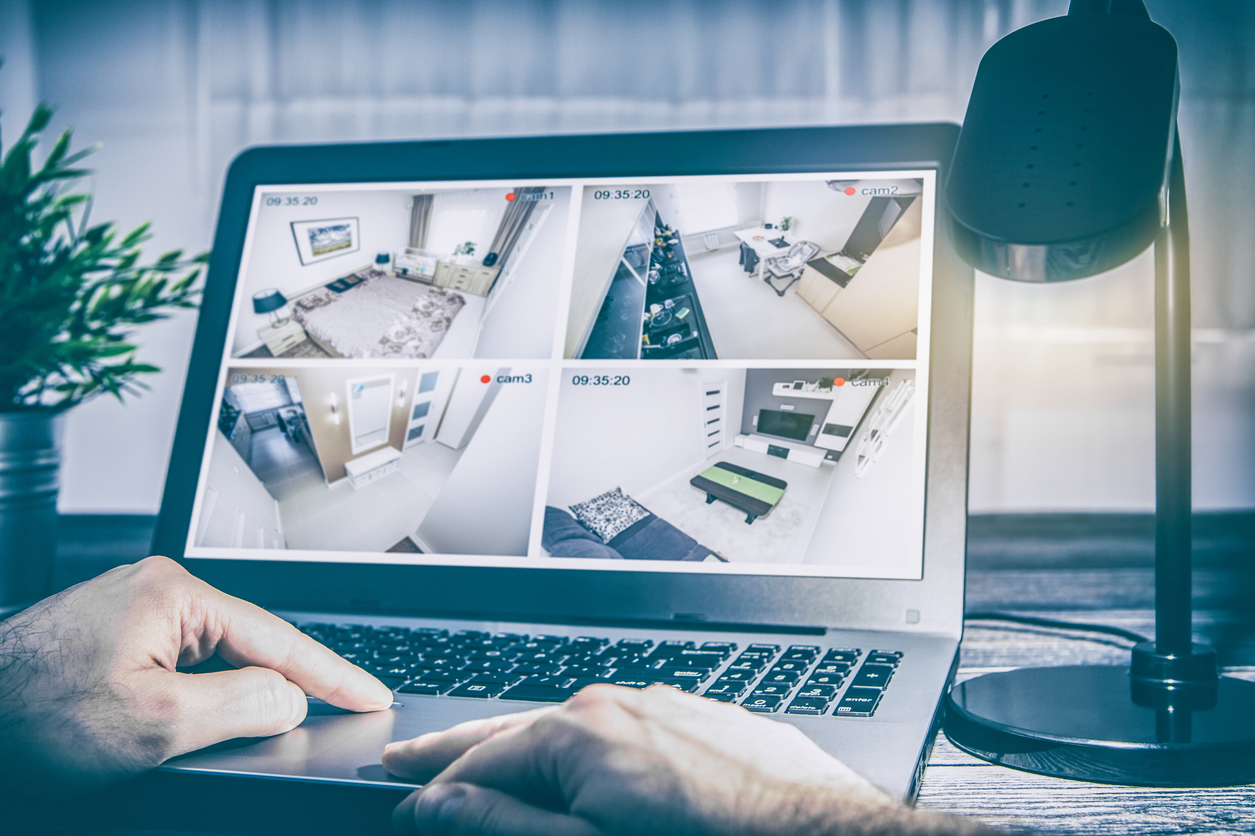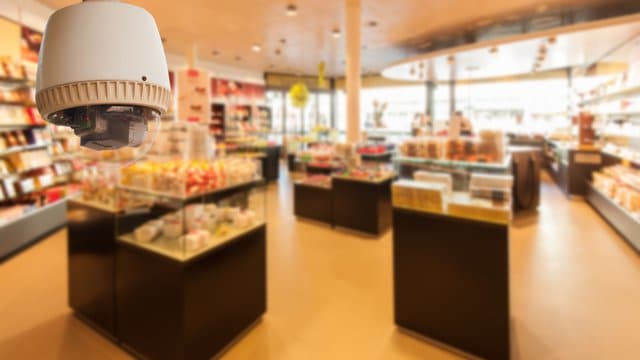There was a time when remote monitoring systems meant having surveillance cameras to make sure that no one was doing anything untoward within the store premises. And, indeed, this setup has thwarted shoplifters and the thought of being surveilled made potential thieves think twice. There was a problem in this setup, however.
One is that real-time monitoring was expensive. A person has to be delegated the role of constantly looking at the monitors. This was not only a tiresome and menial job, but it was also expensive. At some point, some experts even argued that having replica cameras in the store, even those that do not function would save the store the same, or even more than hiring personnel to do the monitoring.
The second problem was that, though the system is up and running, and even with a pair of eyes constantly watching the screens, it was not always easy to spot thievery. It was usually after a few days of business before the discrepancies in sales would be spotted.

Needless to say, a lot has changed from then to now when it comes to remote monitoring systems. In this article, we will discuss how we will be able to get more of the remote monitoring systems for your retail store.
How much Remote Monitoring Systems has Changed
There are a few aspects where remote monitoring systems have changed. The first one is the ability to watch feeds at speeds and resolutions at remote locations which would make the initial implementations feel so outdated. There are several factors that changed which allowed this to happen.
The first one is the improvements in communication speeds. Then, a dial-up connection was considered extravagant and porting a security system through the internet was unheard of. This was a long time ago and a far-fetch from the 4G and 5G that had all of us spoiled.
Another reason for advancement is the improvement in device capabilities. Modems are able to handle greater bandwidth and uptimes which made it possible to create the hardware infrastructure necessary for the modern remote monitoring system.
And finally, the internet, which started as a military project has become a public utility. Everyone can now own their space on the internet and everyone is also able to connect to each other at breakneck speeds.
With the improvements in technology also came the economic benefits. Tech industries, particularly in the hardware side, were able to streamline production and services to allow small to medium enterprises to own their own remote monitoring systems. All in all, remote monitoring systems are now more prevalent thanks to technological advancements. They can save time and money when they are able to successfully implement a remote monitoring system.
The Edge Remote Monitoring Systems Give
When we talk about remote monitoring systems, we often downplay the first word which is remote. The best way to utilize such a system is if it can be used as frequently as possible. Given time and personnel constraints, it is not always possible to have a man on the job whose sole task is to monitor the retail stores. This is where remote technology comes in.
Today, there are a lot of ways to communicate from one device to another, the most common being the internet. Remote monitoring systems allow store owners to track the status of their stores from afar. This translates well in security as they are able to get alerts when certain criteria are met.

For instance, if someone tips a motion sensor on the off hours of the store, an alert can be sent directly to the store owner. They can then view the store surveillance cameras and react accordingly. On normal days of operations, AI-driven motion sensors can detect suspicious people’s movements that could constitute a crime being committed. Aside from these, the important values in retail operations like sales, stock levels can be monitored remotely as well.
Because remote monitoring systems allow the business to run as-is without constant interruptions from site visits such as with marketing and merchandising teams, they are able to cater more to the needs of the consumers.
The remote teams are also able to do their reports more frequently than before and with lesser costs. The power of a remote monitoring system should be endless and would only require imagination to make the most of what it has to offer.
Remote Monitoring Systems are Extensions of Leadership
No one likes to be monitored every second of the time they are at work. There have been many instances that constant monitoring became a detriment to the working conditions of workers. While they indeed stay on their heels so they never appear that they are not working, the stress that comes with this pressure will often tire the workers out more often than their work usually does.
This is where the store manager will have to make the call and it usually is to let the workers feel more at ease with the way the system is set up. While it is never easy to tell them that they are being monitored, it is something that sooner or later will have to be brought to the open.
Remote monitoring systems should be treated as extensions of leadership. It is never easy to be there all the time for all the important events of store operations. It is often said that leadership’s downfall is that it starts and ends during the office meetings. Having a remote monitoring system allows you to understand the day to day operations through everyone’s eyes and this makes it easier for you to act or react to the challenges that they face.
Remote Monitoring Systems – Conclusion
The remote monitoring system is not a one size fits all kind of solution. Depending on the size and kind of business that you run, it is quite possible that the optimal solution for you will be quite different for another even if you run similar businesses. The key ingredient in making the most out of your remote monitoring system lies in the constant study of the business you are running and the system you have in place.













Leave a Reply